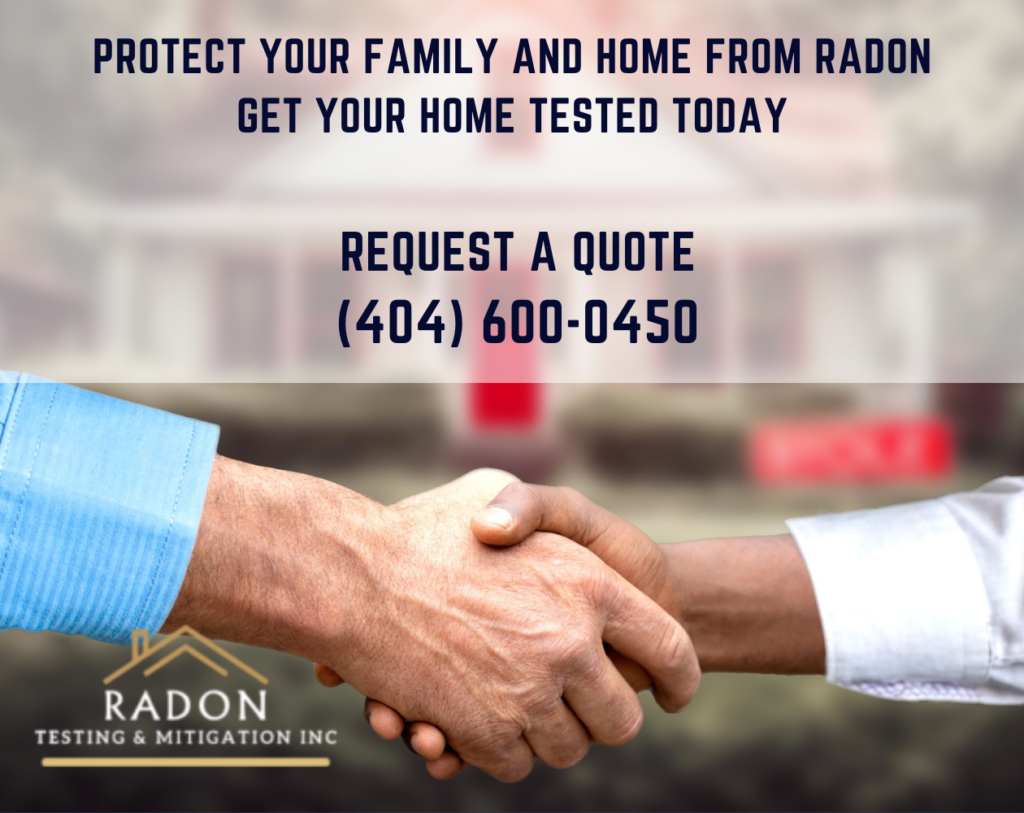
Have you checked recently if radon is in your basement? The answer is probably, no.
Many homeowners remain unaware of radon’s presence and the risks it entails.
This article aims to shed light on radon, exploring its origins, health implications, how it infiltrates homes, and the steps you can take to detect and mitigate it. By understanding these key aspects, you can protect your family and ensure a safer living environment.
Radon can infiltrate your home through various pathways:
The radon levels in your home can vary greatly depending on local geology, construction methods, and ventilation.
Radon is an invisible, odorless, and tasteless radioactive gas that naturally occurs from the decay of uranium found in soil, rock, and water. This gas can seep into homes through cracks and openings in foundations, leading to elevated indoor levels that pose significant health risks.
Understanding radon, its sources, and how it enters your home is crucial in addressing its potential dangers.
Radon exposure is the second leading cause of lung cancer after smoking. The Environmental Protection Agency (EPA) estimates that radon is responsible for about 21,000 lung cancer deaths annually in the United States. Radon gas decays into radioactive particles that can become trapped in your lungs when you breathe. Over time, these particles increase the risk of lung cancer. Non-smokers exposed to radon have a significantly lower, yet still notable, risk compared to smokers, whose risk is exponentially higher.
Testing is the only way to know if radon is present in your home. There are two primary types of radon tests:
Radon test kits are available at hardware stores, online, or through local health departments. The optimal way to test if you have radon in your basement is to have the experts take care of it for you. It’s recommended to test the lowest livable area of your home where you spend a significant amount of time.
Radon levels are measured in picocuries per liter of air (pCi/L). The EPA recommends taking action if radon levels are 4 pCi/L or higher. However, no level of radon is completely safe, and even lower levels pose some risk. If your home has high radon levels, it’s essential to take corrective measures to reduce exposure.

If radon levels in your home are high, several mitigation methods can effectively reduce them:
Professional mitigation services are recommended for significant radon problems, as they have the expertise and equipment to ensure effective reduction. DIY radon mitigation solutions are available but may not be as effective or reliable.
Various guidelines and regulations exist to manage radon exposure:
It’s essential to familiarize yourself with the regulations in your area to ensure compliance and safety.
Radon testing is particularly important during real estate transactions. Buyers often request radon tests before purchasing a home, and in some states, sellers are required to disclose known radon levels. Ensuring your home has safe radon levels can enhance its marketability and provide peace of mind for potential buyers.
Taking proactive steps can help reduce radon entry and maintain safe levels:

Several organizations provide valuable information and assistance regarding radon:
Educational resources, community programs, and professional associations are also available to help homeowners understand and address radon issues.
When it comes to radon testing and mitigation, you want a team that knows exactly what they’re doing. We have the experience, knowledge, and advanced diagnostics tools to effectively lower radon levels in your home. We’ll start with a thorough radon test. If we find high levels, we’ll design a custom radon mitigation system just for your home. This might include a vent pipe system and fan, which work together to pull radon from under your home and release it safely outside.
Testing your basement is a critical step in safeguarding your health and the well-being of your family. By detecting and mitigating radon issues early, you can reduce the risk of lung cancer and create a safer indoor environment for everyone in your home.
Test your home, mitigate radon risks, and breathe easier knowing that you’ve taken proactive steps to protect your health and home.
If you’ve detected radon in your basement, it’s best to act quickly before it affects your health. Radon is a serious health hazard that can be present in any home, regardless of location. Understanding the risks associated with radon, how it enters your home, and the importance of testing and mitigation is essential for ensuring a safe living environment. Regular testing, proper mitigation, and adherence to guidelines can significantly reduce the dangers of radon exposure.
By taking proactive steps and utilizing available resources, homeowners can protect their families from the harmful effects of radon.
Radon is a radioactive gas that forms naturally from the decay of uranium in soil and rock. It can seep into basements through cracks and openings in the foundation.
The only way to know if radon is present is to conduct a radon test using a test kit or by hiring a professional.
Radon exposure is the second leading cause of lung cancer, after smoking, and prolonged exposure can significantly increase the risk of developing lung cancer.
The EPA recommends action if radon levels are 4 pCi/L or higher, though no level of radon is completely safe.
It is recommended to test your home for radon every two years, after any significant home renovations, and if you move to a new home.
If your radon levels are high, you should contact a certified radon mitigation professional to install a mitigation system to reduce the levels.